Bar Bender and Steel Fixer – Safety First & Problem-Solving
Bar benders and steel fixers are essential members of the construction team. They are responsible for positioning and securing steel reinforcing bars (rebar) and mesh in concrete structures to provide the necessary strength and stability. Their work is essential for ensuring the safety and durability of buildings, bridges, and other structures.
The role of a bar bender and steel fixer typically includes reading and interpreting blueprints and specifications, cutting and bending steel bars and mesh, placing and securing steel reinforcement, welding or bolting steel pieces together, and ensuring that all rebar is installed to the required standards and specifications.
The purpose of this post is to provide an overview of the skills, tasks, and qualities required for a bar bender and steel fixer. This information is intended to help individuals who are interested in pursuing a career in this field.
Contents
Key Skills and Qualifications
Bar benders are crucial personnel in the construction industry responsible for shaping and bending steel reinforcement bars used in concrete structures. To excel in this role, key skills and qualifications are essential:
A. Knowledge of construction drawings and specifications
Bar benders must be proficient in interpreting construction drawings and specifications to understand the exact requirements for bending and shaping the reinforcement bars correctly. This knowledge ensures precise placement and alignment, critical for the structural integrity of the building.
B. Proficiency in handling and bending steel reinforcement bars
Mastery of various bending techniques and the ability to work with different bar sizes and grades are fundamental. Skilled bar benders can efficiently shape the bars to fit the unique requirements of each construction project.
C. Familiarity with various tools and equipment used in the trade
Bar benders should be well-versed in using tools like rebar benders, cutters, and tiers, ensuring efficient and safe handling of steel reinforcement bars.
D. Ability to interpret and follow instructions accurately
Clear communication and attentiveness to instructions from supervisors, engineers, or construction managers are crucial to ensure the correct execution of bar bending tasks.
E. Physical fitness and strength
The job demands physical exertion and stamina since it involves lifting heavy steel bars and applying force during the bending process. Maintaining good physical fitness is essential to perform the job safely and effectively.
In summary, competent bar benders possess knowledge of construction drawings, proficiency in bending steel bars, familiarity with relevant tools, accurate instruction interpretation, and physical fitness. These skills and qualifications contribute to the successful and precise completion of reinforcing tasks in construction projects.
Responsibilities of a Bar Bender and Steel Fixer
Bar benders and steel fixers play vital roles in the construction industry, ensuring the proper placement and alignment of reinforcement bars in concrete structures. Their responsibilities include:
A. Reading and interpreting construction drawings and specifications
Bar benders and steel fixers must accurately understand the project requirements by analyzing construction drawings and specifications. This ensures they know the quantity, size, and placement of reinforcement bars needed.
B. Preparing and organizing reinforcement bars based on project requirements
They are responsible for sorting and organizing the steel bars according to size, grade, and shape, preparing them for bending and installation.
C. Cutting, bending, and shaping reinforcement bars using appropriate tools
Bar benders and steel fixers utilize specialized tools like rebar benders and cutters to shape the bars precisely as per the design specifications.
D. Fixing reinforcement bars in concrete structures as per design guidelines
Their primary task is to secure the reinforcement bars in the concrete forms, ensuring they are correctly positioned and anchored to provide the necessary strength to the structure.
E. Collaborating with other construction professionals to ensure proper installation
They work closely with engineers, contractors, and other tradespeople to coordinate the placement of reinforcement bars in line with the construction timeline and requirements.
F. Conducting quality checks and inspections to ensure compliance with standards
Bar benders and steel fixers regularly inspect their work for accuracy and compliance with safety and quality standards. They make adjustments as needed to meet the project’s specifications.
Overall, bar benders and steel fixers are instrumental in reinforcing concrete structures, ensuring their stability and strength, while adhering to construction guidelines and maintaining high-quality standards throughout the building process.
Safety Considerations
Safety considerations are of paramount importance in any work environment, and this is especially true in construction, where potential hazards can pose significant risks. The following aspects highlight the significance of safety in construction:
A. Importance of adhering to safety protocols and guidelines
Strict adherence to safety protocols is crucial to prevent accidents and injuries. Construction workers, including bar benders and steel fixers, must follow established guidelines, wear appropriate personal protective equipment (PPE), and undergo proper training to mitigate risks.
B. Proper handling and storage of tools and equipment
Construction tools, such as rebar benders and cutters, can be hazardous if mishandled or not stored correctly. Workers should be trained on safe usage, regularly inspect tools for defects, and store them properly after use.
C. Understanding and mitigating potential hazards in the work environment
Construction sites can present various risks, such as working at heights, exposure to heavy machinery, and handling sharp materials. Identifying potential hazards and implementing safety measures, like guardrails, harnesses, and safety barriers, are essential to prevent accidents.
D. Promoting a culture of safety and reporting any safety concerns
All workers, including bar benders and steel fixers, should be encouraged to prioritize safety. They must feel empowered to report safety concerns promptly, ensuring that potential hazards are addressed and mitigated before accidents occur.
Ultimately, a comprehensive approach to safety, encompassing strict adherence to guidelines, proper tool handling, hazard recognition, and a safety-oriented culture, is vital in creating a secure work environment in construction. By prioritizing safety, construction companies can protect their workers, reduce accidents, and enhance overall productivity on the job site.
Challenges and Problem-Solving
In the construction industry, bar benders and steel fixers encounter several challenges that require effective problem-solving skills. The following are some of the key challenges they face and how they can address them:
A. Addressing unexpected obstacles during the construction process
Construction sites are dynamic environments, and unexpected obstacles may arise, such as encountering hidden utility lines or changes in the soil conditions. Bar benders and steel fixers need to work closely with other construction professionals to develop solutions that ensure structural integrity while accommodating unforeseen challenges.
B. Modifying reinforcement bars to fit specific design requirements
Construction projects often have unique design requirements that demand customized reinforcement solutions. Bar benders must be adept at modifying and shaping reinforcement bars to fit these specific demands accurately. This requires a deep understanding of construction drawings and the ability to apply innovative bending techniques.
C. Finding innovative solutions to complex reinforcement challenges
Some construction projects present complex reinforcement challenges due to intricate architectural designs or the need to reinforce unusual load-bearing elements. Bar benders and steel fixers must think creatively and collaborate with engineers and designers to devise innovative solutions that meet safety and structural requirements.
Training and Development
A. Formal education and certification options
Some individuals may pursue formal education in construction-related fields, such as civil engineering or construction management. Additionally, there are specialized certification programs specifically designed for bar bending and steel fixing, providing in-depth training on reading construction drawings, bending techniques, safety protocols, and more. These certifications validate their expertise and can lead to better job opportunities.
B. On-the-job training and apprenticeship programs
On-the-job training is an invaluable aspect of learning for bar benders and steel fixers. Many construction companies offer apprenticeship programs that allow novices to work alongside experienced professionals, gaining practical skills and exposure to real construction projects. Apprenticeships provide hands-on experience and a structured learning environment.
C. Continuing education and professional development opportunities
Construction techniques and safety standards are constantly evolving. Bar benders and steel fixers should engage in continuing education to stay updated with industry trends, new tools, and advancements in reinforcement technology. Workshops, seminars, and online courses offer avenues for professional development, allowing them to refine their skills and broaden their knowledge.
Conclusions
In conclusion, bar benders and steel fixers play vital roles in the construction industry, requiring a strong understanding of safety protocols, construction drawings, and precise skills in handling and shaping reinforcement bars. Emphasizing training, problem-solving, and continuous development is essential to ensure their effectiveness and success in this demanding profession.
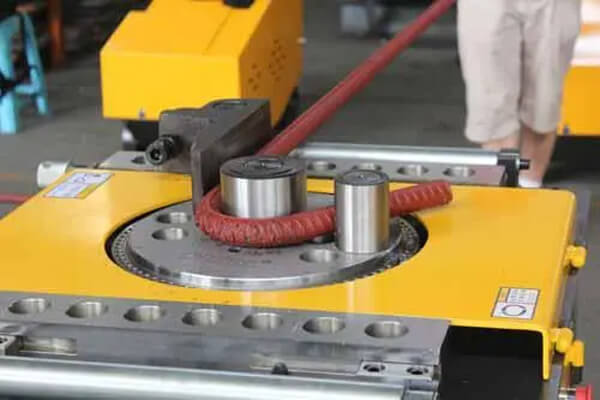
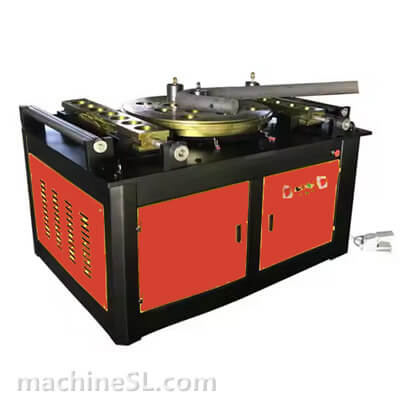
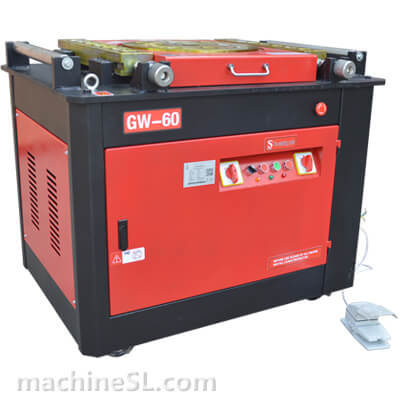
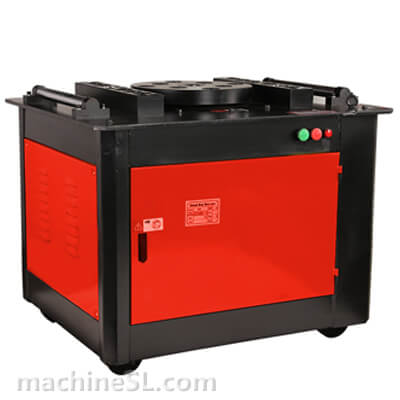
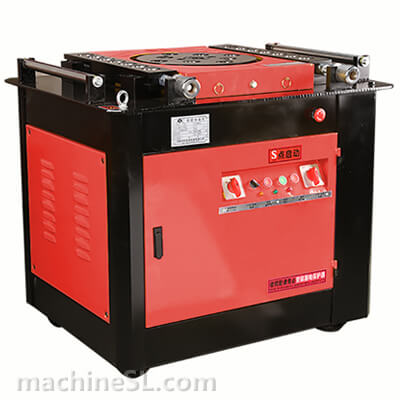
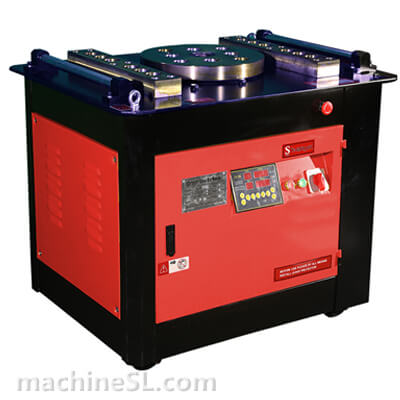
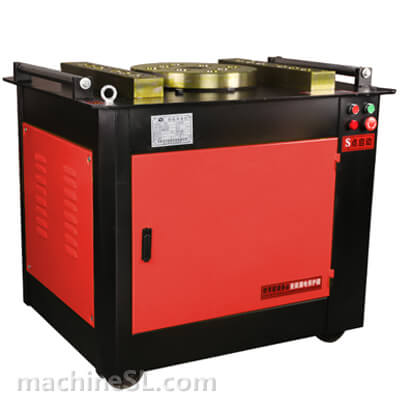
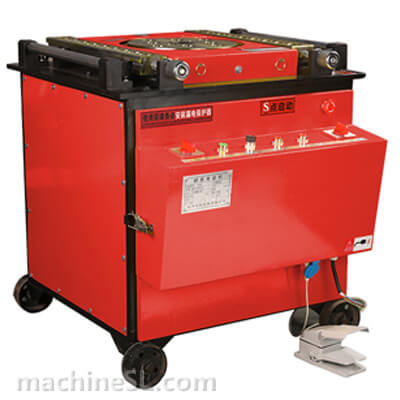
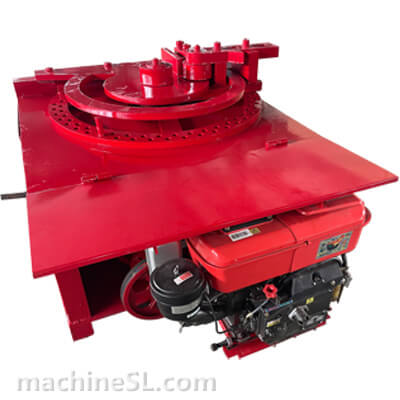
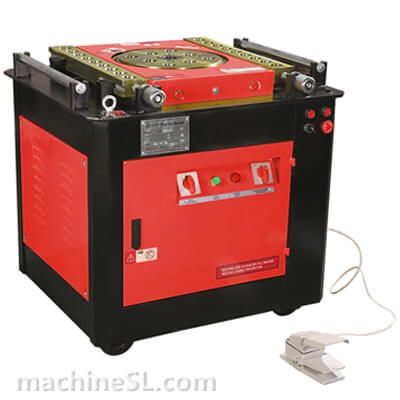
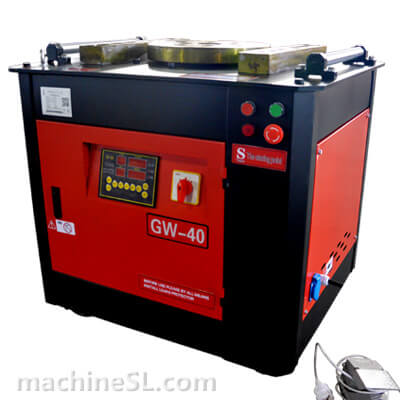
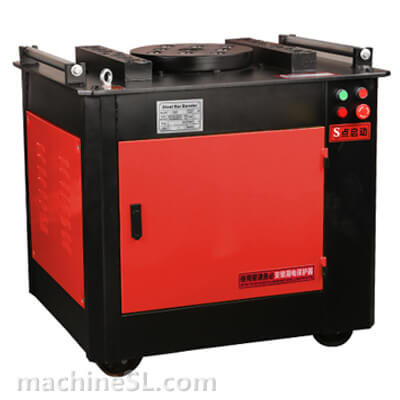
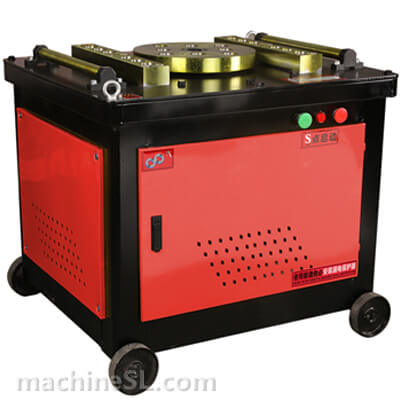
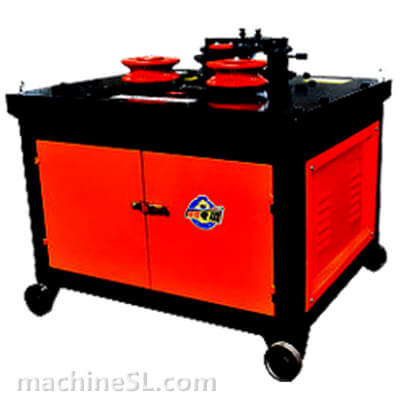
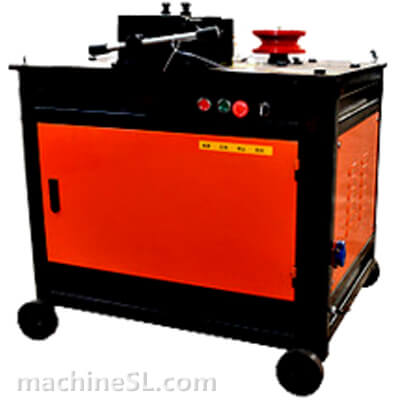
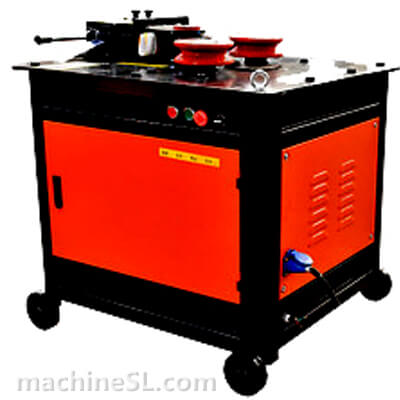
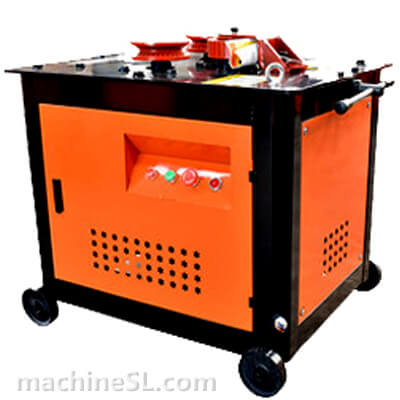
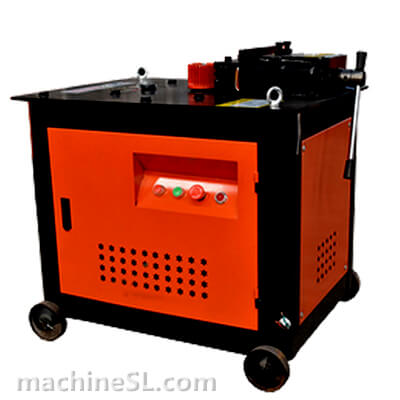
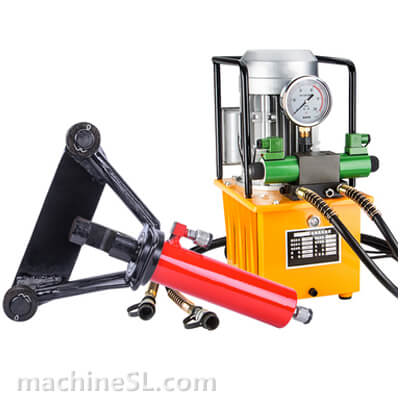
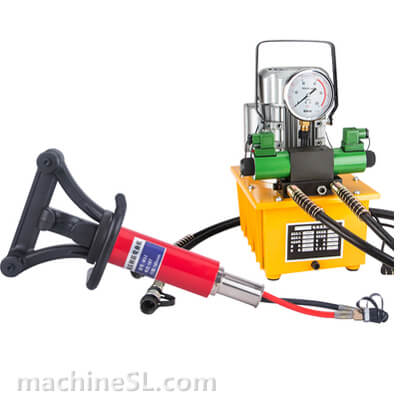
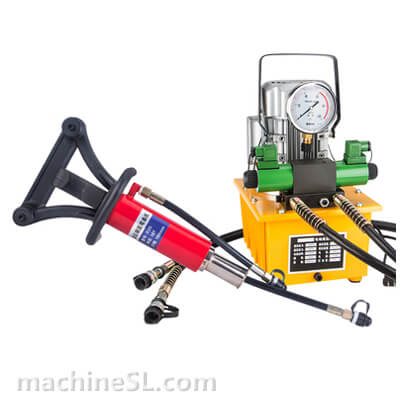
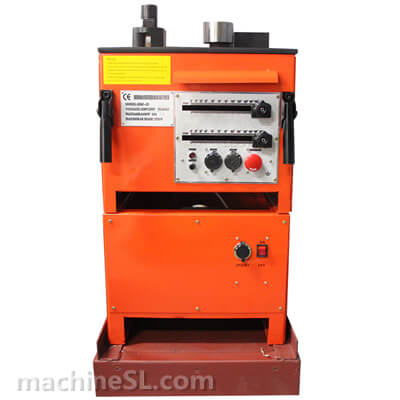
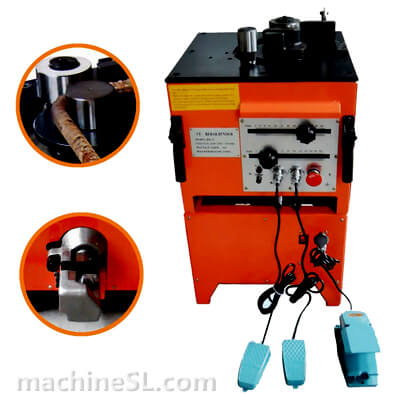
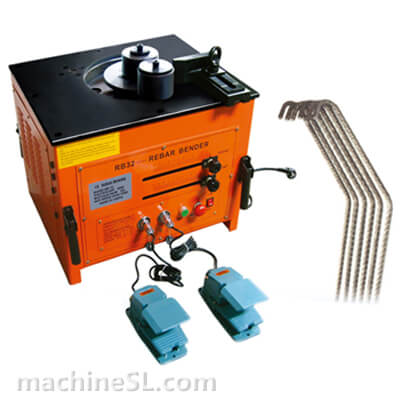
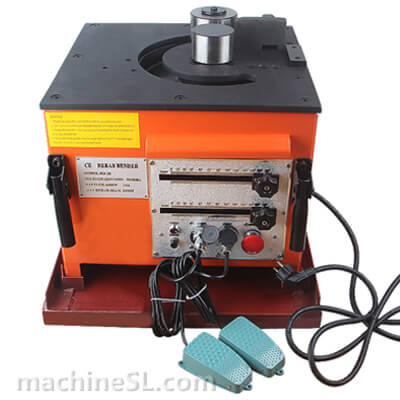
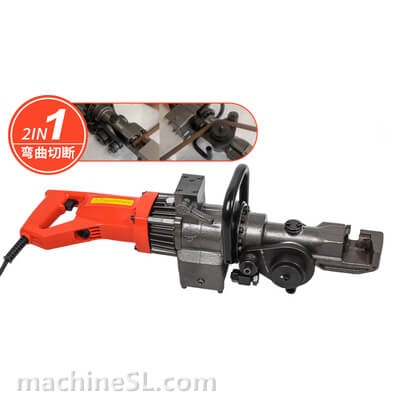
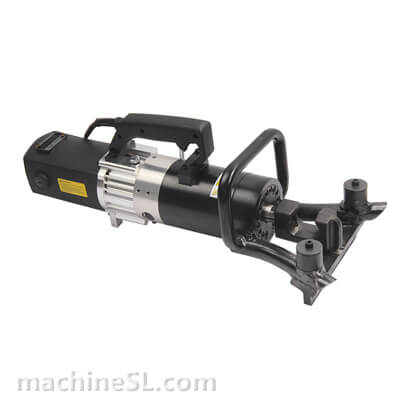
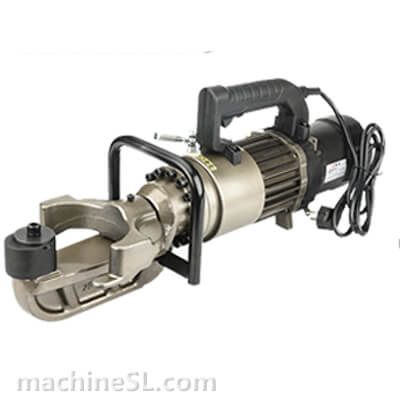
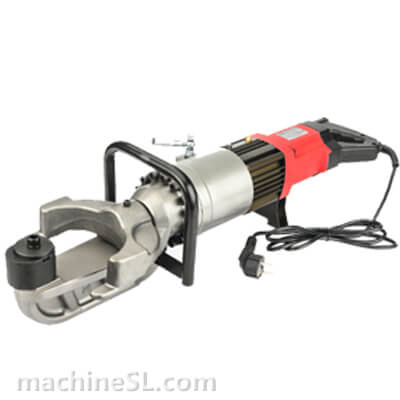
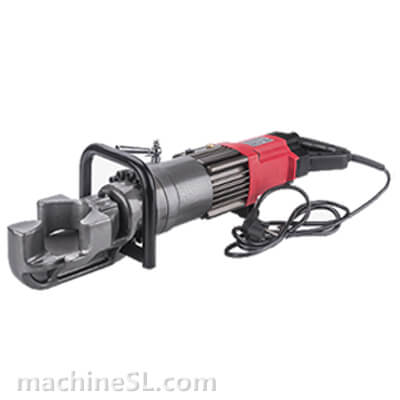
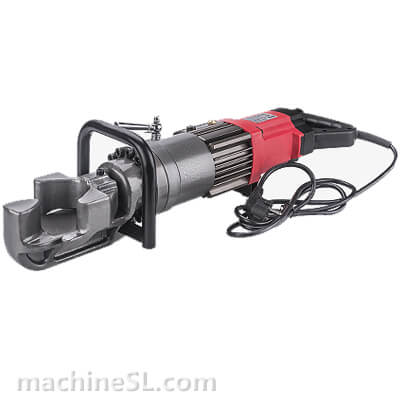
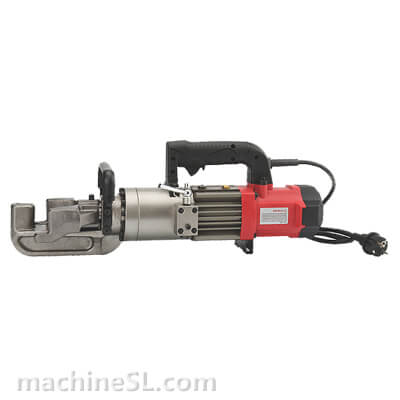
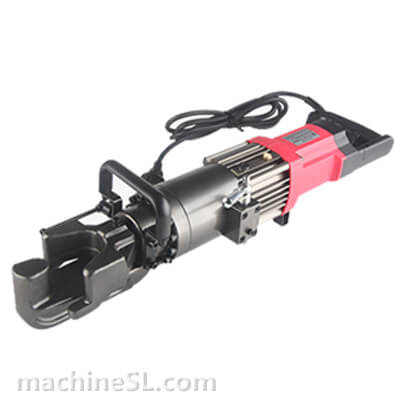
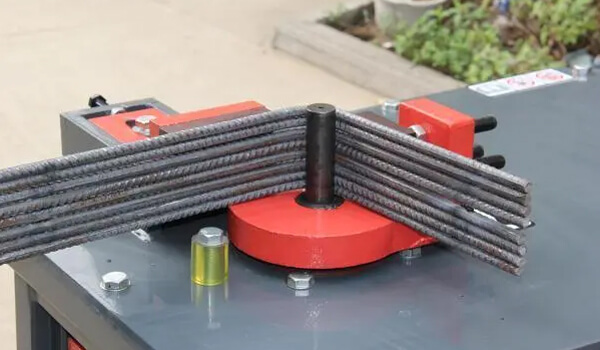
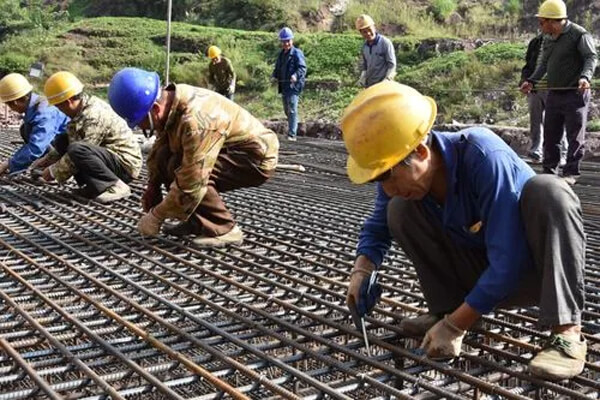
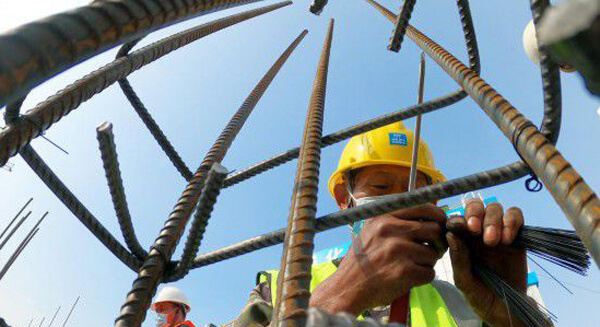
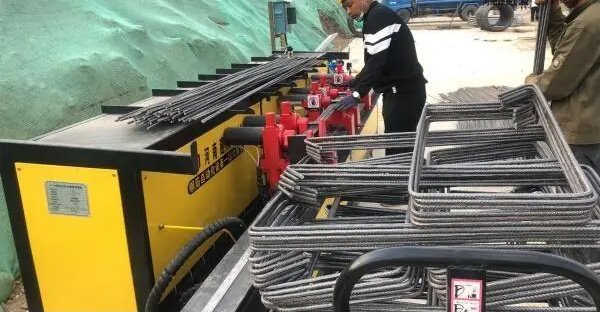
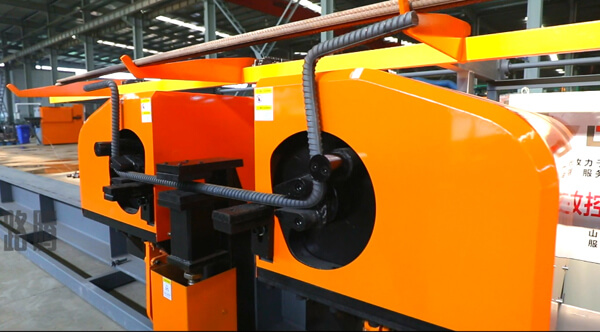
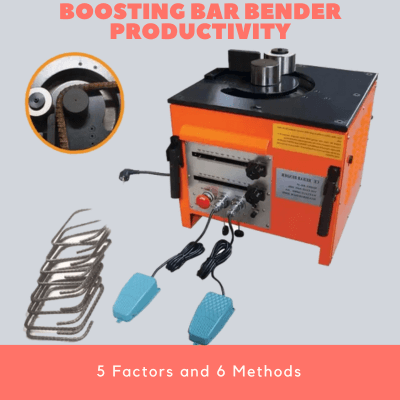
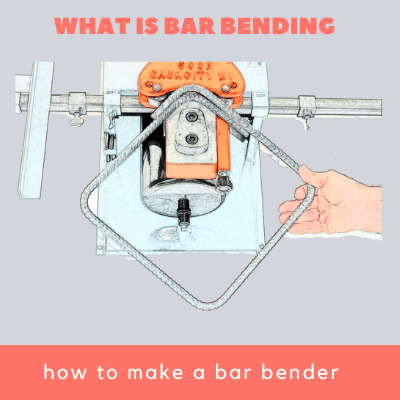
Leave A Comment